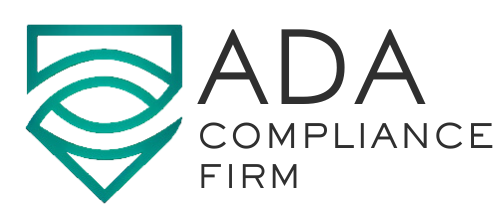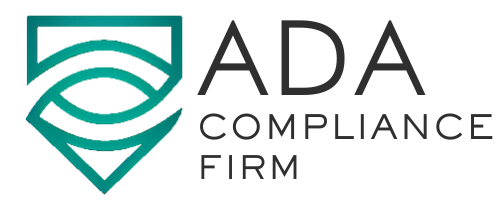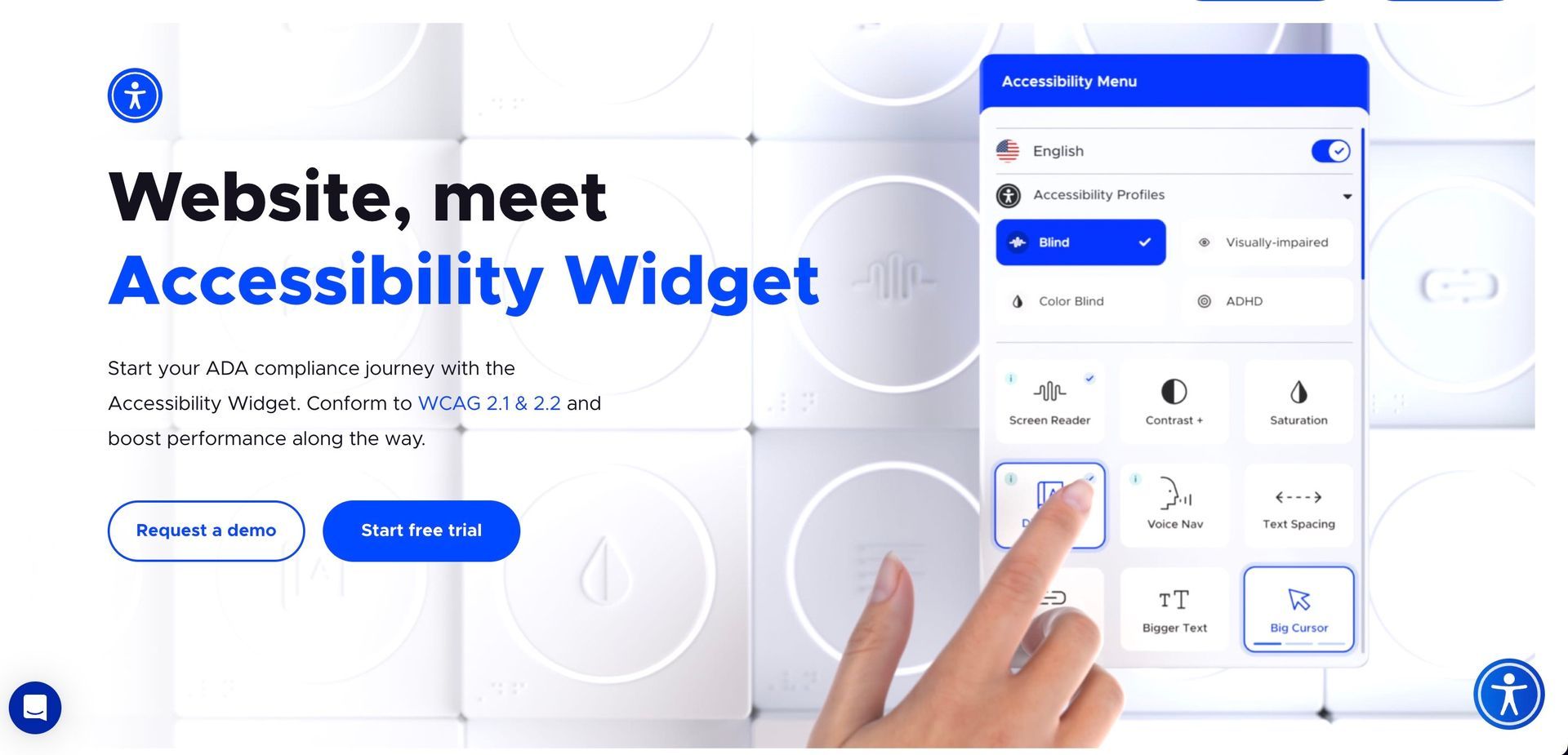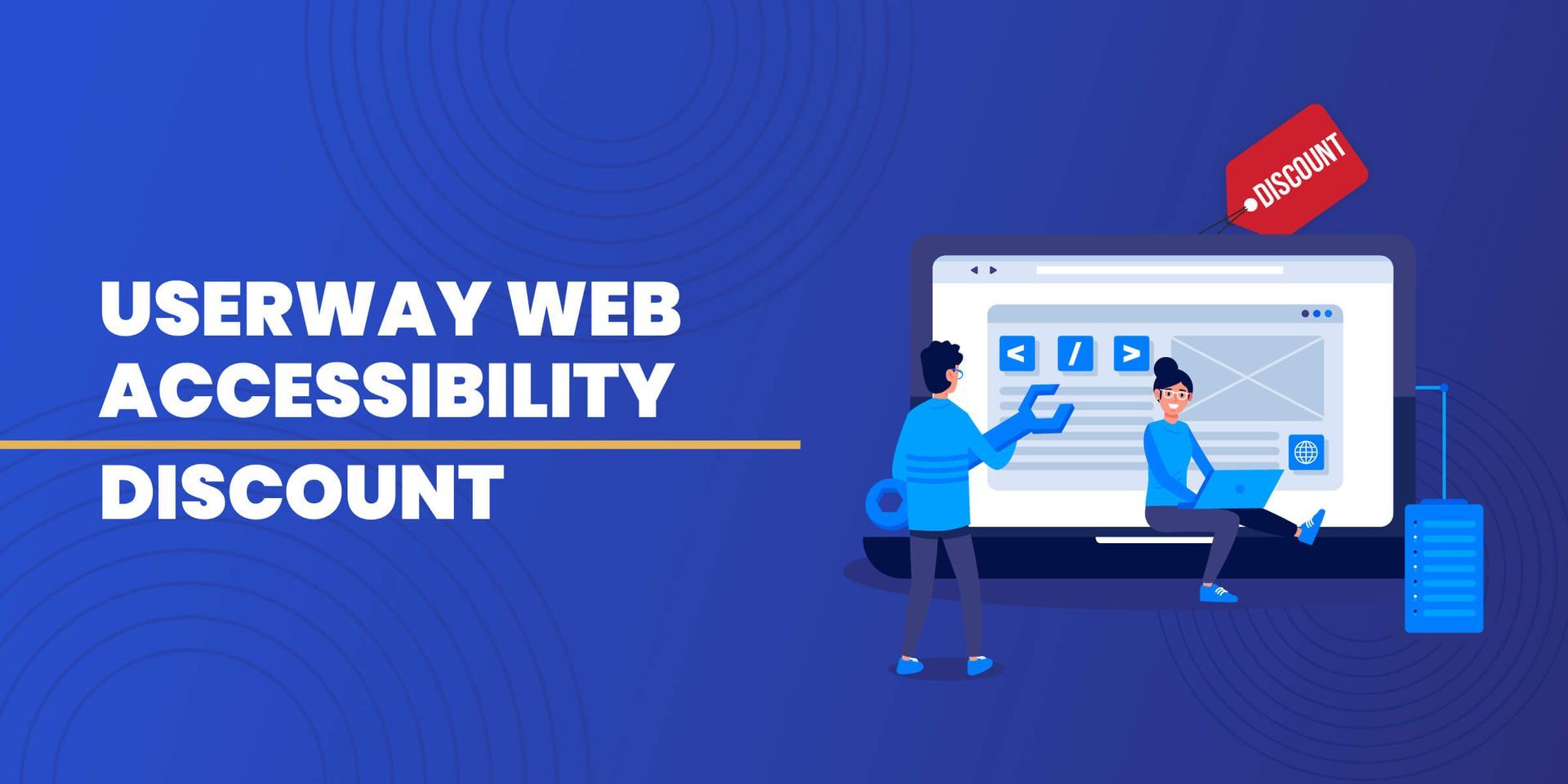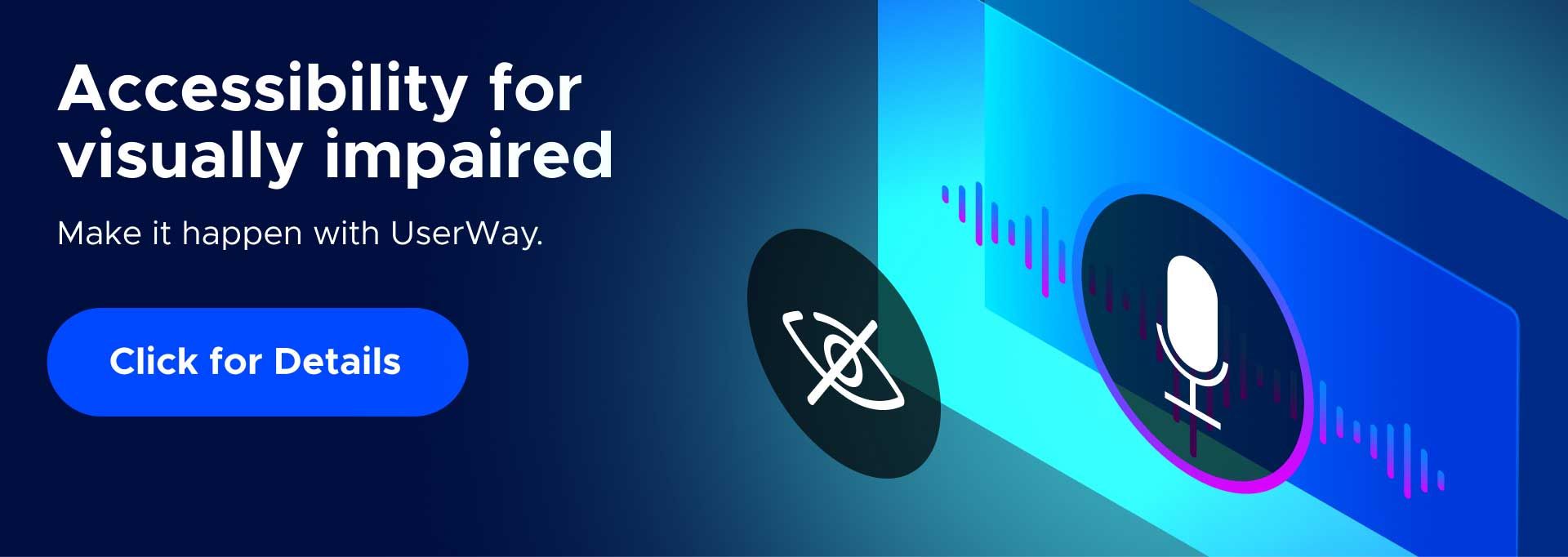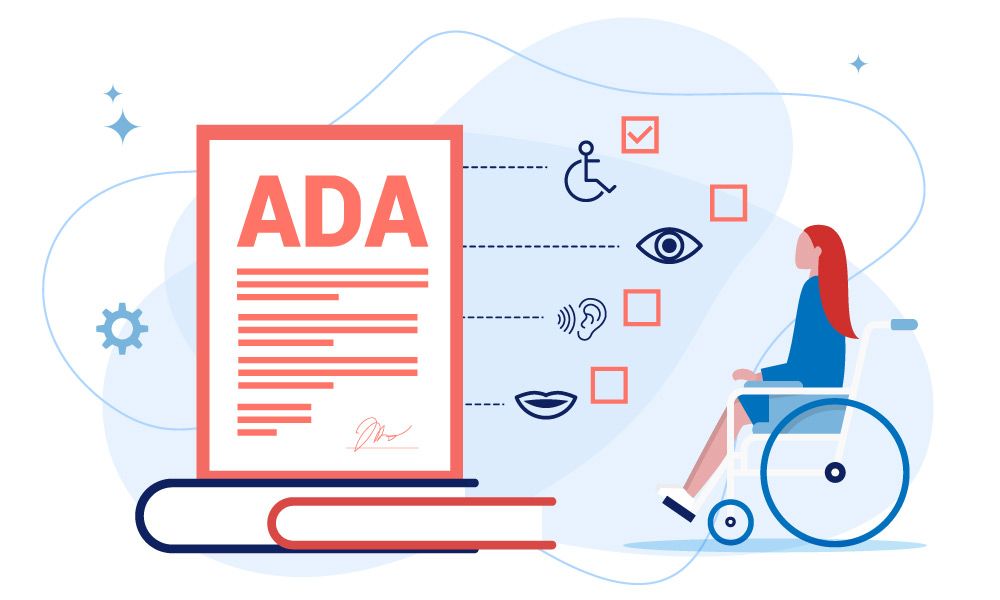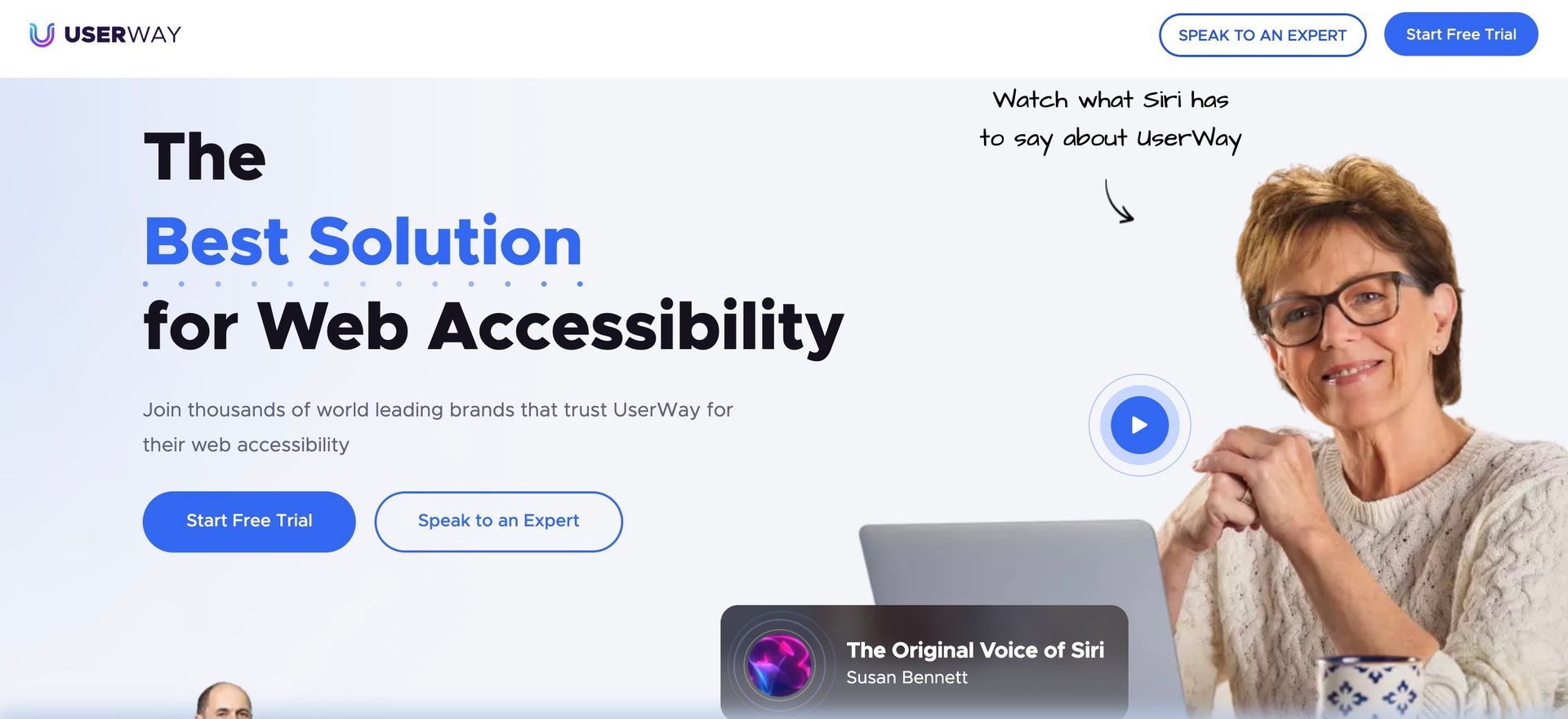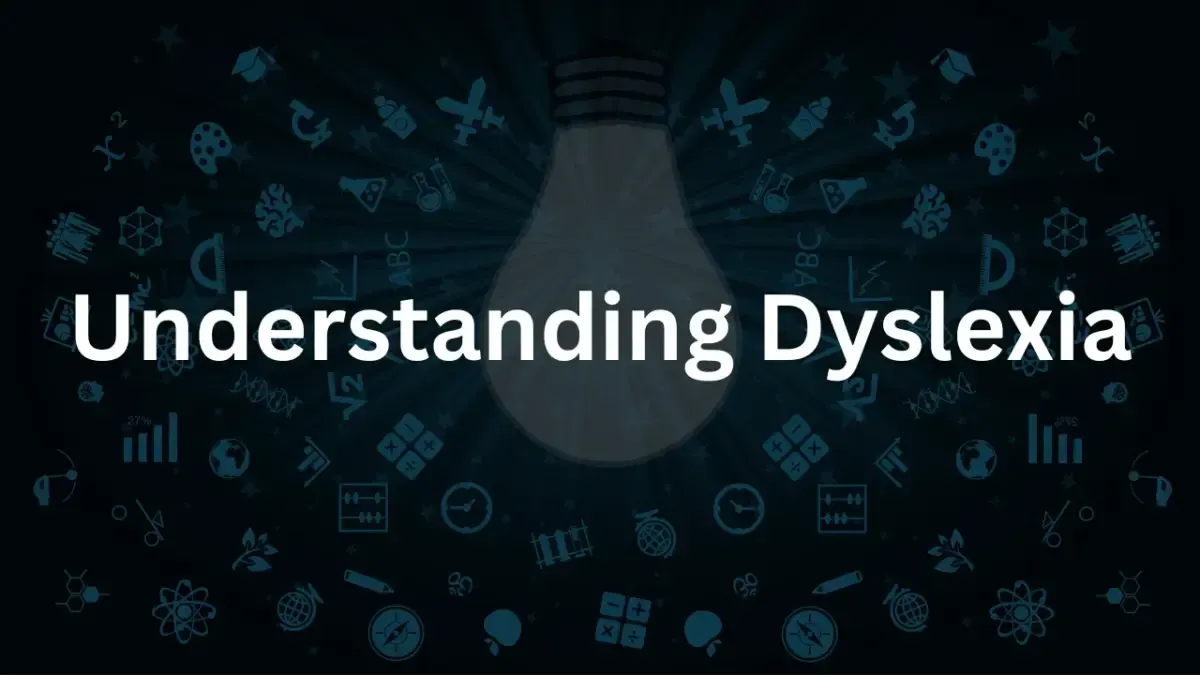Assistive Technologies: Unlocking Inclusion and Empowerment

In a world that’s gradually awakening to the potential of inclusivity and diversity, assistive technologies (AT) have risen in prominence as powerful tools for equity. They serve not only as enablers of accessibility but also as keystones for creating an inclusive society. As we delve into the intricate web of AT, it becomes apparent that this suite of devices and tools is more than a mere resource for individuals with disabilities—it’s a bridge connecting them to worlds previously out of reach.
Navigating the Landscape of Assistive Technologies
AT encompasses various technologies designed to enhance the capabilities of people with disabilities. These could include simple, low-tech solutions such as magnifying glasses for individuals with visual impairments or more complex, high-tech offerings like speech recognition software for those with mobility restrictions. The categories are diverse, yet they share a common goal: to empower users to live more independently, learn effectively, work productively, and engage meaningfully in all aspects of life.
Let’s take a closer look at some distinctive types of AT, their impact, and success stories where their implementation has made a notable difference.
Mobility Devices: Liberating Movement
Mobility devices, the most conventional form of AT, are indispensable tools for those with physical limitations. Wheelchairs, canes, and walkers are no longer static gadgets; they have evolved into technologically advanced aids with electric propulsion, stair-climbing capabilities, and even the potential to adjust positions throughout the day. Case in point is a sensitive control system enabling users to navigate their environment precisely and comfortably.
Communication Aids: Finding One’s Voice
Communication is often taken for granted, a simple act most people don’t think twice about. However, even the most basic conversation can be a monumental task for individuals with speech impairments. AAC (Augmentative and Alternative Communication) systems break down this barrier, providing non-verbal individuals the means to express themselves through speech-generating devices, sign language apps, or symbol-based software. These tools have been revolutionary in education, fostering classroom participation and peer interaction. A poignant example is the story of a teenager whose custom communication app allowed him to converse with his peers and served as a platform for his poetry, elevating his voice in previously unimaginable ways.
Sensory Aids: Enhancing Perception
Assistive technologies for sensory impairments aim to sharpen or substitute a sense that others rely on regularly. Vibrating alarms for the hearing-impaired, text-to-speech software for those with dyslexia, and screen readers for blind people are just a few examples. These aids are not mere supplements; they’re often the sole link to a world that’s primarily digital and auditory. In healthcare, the integration of sensory aids has resulted in profound patient experiences, reducing anxiety and fostering trust through clear and accessible communication.
Cognitive Assistive Technology: Navigating the Mental Map
Likely the least recognized but rapidly growing category, cognitive AT supports individuals with learning disabilities, memory loss, or attention deficits. These technologies include mind-mapping tools, organizational apps, and personalized learning software. In an inclusive workplace, cognitive AT has been pivotal in levelling the playing field for employees, ensuring that tasks and information are structured to support diverse cognitive processes.
In each of these cases, the benefits extend beyond the immediate user. Enhanced mobility, effective communication, heightened perception, and focused cognition create ripples that touch families, educators, employers, and society.
Bridging the Gap: Legal Mandates and Compliance
The Americans with Disabilities Act (ADA) erected the framework that obligates public and private entities to ensure reasonable accommodation for individuals with disabilities. Compliance is not just a legal requirement; it’s the ethical imperative to fashion an environment where everyone can participate fully. The key to ADA compliance lies in understanding the varied forms of AT and how they can be integrated into different environments.
The Role of Employers: Fostering Inclusion at Work
From providing screen readers for visually impaired employees to ergonomic tools for those with chronic pain, the workplace is a fertile ground for implementing AT. The goal is not merely to avoid litigation but to cultivate a space where all talents can be harnessed.
Case studies paint a vivid picture of inclusive employers who have embraced AT and its profound effect on the workforce. Productivity has soared, retention rates have increased, and, perhaps most importantly, the workplace culture has shifted to respect and appreciation for individual differences.
Education: Customization for Learning Success
The arena of education is witnessing a transformation with the aid of AT. As personalized learning becomes more of a norm, individualized technology tools play a decisive role in special education and general schooling. By equipping students with the AT that suits their needs, schools report higher engagement, reduced frustration, and academic outcomes far surpassing previous benchmarks.
Educators who have championed the cause of AT share that they’ve seen students who were once labelled as underachievers now flourishing, confident in their ability to excel in an environment that supports them wholeheartedly.
Healthcare: A Personalized Approach to Well-being
AT enables patients with disabilities to be active participants in their care. Voice-activated technology simplifies the use of medical devices, while telemedicine has expanded access to vital healthcare services for those who may find it challenging to visit a doctor’s office.
A notable example is the use of AT to provide accessibility to mental health services. App-based cognitive behavioral therapy and monitoring devices that track well-being have widened the therapeutic landscape, making adequate mental health support possible for many more individuals.
Funding the Dream: Resources for AT Adoption
While AT’s benefits are clear, financial barriers can pose a significant challenge to its adoption. Individuals and organizations seeking to integrate AT must navigate the landscape of funding options and available resources.
Government Programs: Subsidizing Inclusion
Government initiatives and programs exist to facilitate access to AT. Reimbursements, grants, and tax credits are just some of the ways that federal and state agencies support the acquisition of AT devices and services.
Non-profit Organizations: Aiding the Accessibility Journey
Non-profits have long been at the forefront of the accessibility movement. By offering grants, loans, and donation programs, they act as catalysts, bridging the gap between need and affordability and, thus, opening doors to independent living, learning, and working.
Private Insurance: Ensuring a Secure Future
As AT is increasingly recognized as a crucial component of treatment and well-being, private insurance coverage for these technologies is rising. While the extent of coverage varies, there’s a growing acknowledgement that AT is a health asset deserving of financial support.
The Horizon of AT: Trends Shaping the Future
As technological progress hurtles forward, emerging trends in AT promise a future where accessibility is not just a byproduct but a primary design consideration. The fusion of AI with AT yields devices that predict and pre-empt needs, adjusting environments to users rather than vice versa. Wearable technology brings mobility and communication aids closer to the body, offering discreet yet potent support systems. Smart home devices create living spaces aware of their inhabitants’ capabilities, adapting to ensure safety and autonomy.
Inclusive Design: Redefining the Norm
An oft-overlooked aspect of AT is the design. Inclusive design principles that factor in a wide range of abilities from the beginning are poised to transform how we think of and create technology. By upending the “one size fits all” mentality, inclusive design crafts solutions that are flexible and modular and respond to users’ diverse needs.
User Experience: A Partnership with All Stakeholders
The best AT solutions are not simply technologically advanced but ones that offer a seamless user experience. This can only be achieved through collaboration with individuals with disabilities, their families, and caregivers. By engaging in a dialogue with those who will ultimately use the technology, creators can refine their solutions, ensuring they are practical, intuitive, and—most importantly—impactful.
Data-Driven Adaptation: Customization at Scale
The next frontier of AT is data. By collating and analyzing user data, AT can adopt a more personalized approach, tailoring assistance to an individual’s specific needs and preferences. The volume of data available, coupled with advanced analytics, can lead to a previously inconceivable customization level.
The Essence of Assistive Technologies: User Stories
Amidst the complexity of devices and policies, the accurate measure of AT’s worth is often best articulated through the narratives of those who have benefited from it. User stories bring to life the transformations AT can spark, showing that behind every successful device or policy lies a person—empowered, included, and limitless in what they can achieve.
A College Student’s Journey to Empowerment
Consider the story of a college student with motor neuron disease who gained independence and confidence through a customized wheelchair that allows him to navigate hilly campus terrains with ease. His journey is a testament to the liberating power of mobility devices and how they’re not just physical aids but vehicles for personal growth and exploration.
The Rising Artist and Her Easel of Possibilities
Another tale is that of an emerging artist with visual impairments whose world opened up with electronic magnifiers and screen reading software. Through these tools, she found a medium to express her unique vision, a metaphor for how art, when accessible, becomes a universal language.
Navigating the Corporate Landscape with Ease
Then there’s the account of a professional with dyslexia finding his stride in a fast-paced corporate environment with the help of dictation software and task-management apps. His story illustrates how cognitive AT can transform the workplace by enabling individuals to perform tasks effectively and enhancing the organizational fabric at large.
The Call to Action
In closing, the journey of AT is a shared one, weaving together the threads of technology, policy, and, most importantly, people. There is still ground to cover—barriers to break, misconceptions to dismantle, and a culture of inclusivity to foster. It’s a collective responsibility, a commitment to ensuring that AT is not merely a niche market or a tick in the compliance box but a cornerstone of our collective future.
For advocates, educators, designers, and policymakers, the call to action is clear: promote awareness, drive innovation, and mobilize resources to make AT accessible to all who could benefit from it. Embrace the philosophy that underlines the AT movement—equality of opportunity—and let it guide our steps as we stride toward a world where AT is not just a tool but a testament to the triumph of the human spirit.
As we envision a future underpinned by the principles of inclusion and empowerment, assistive technologies stand at the vanguard, ready to open doors, tear down walls, and pave the way for every individual to live a life of dignity and promise. Let’s work tirelessly to ensure that this vision becomes a reality.
Join our newsletter
Recent Blog Posts
